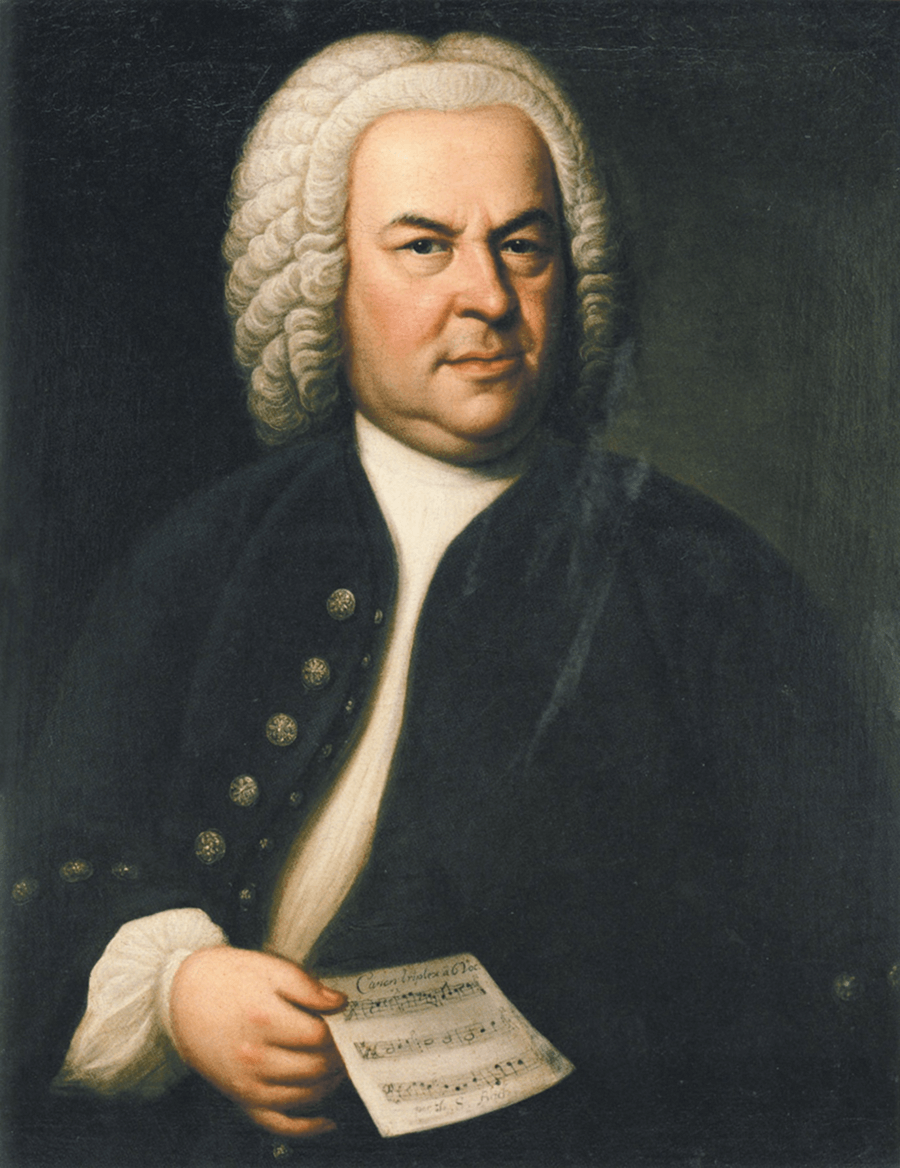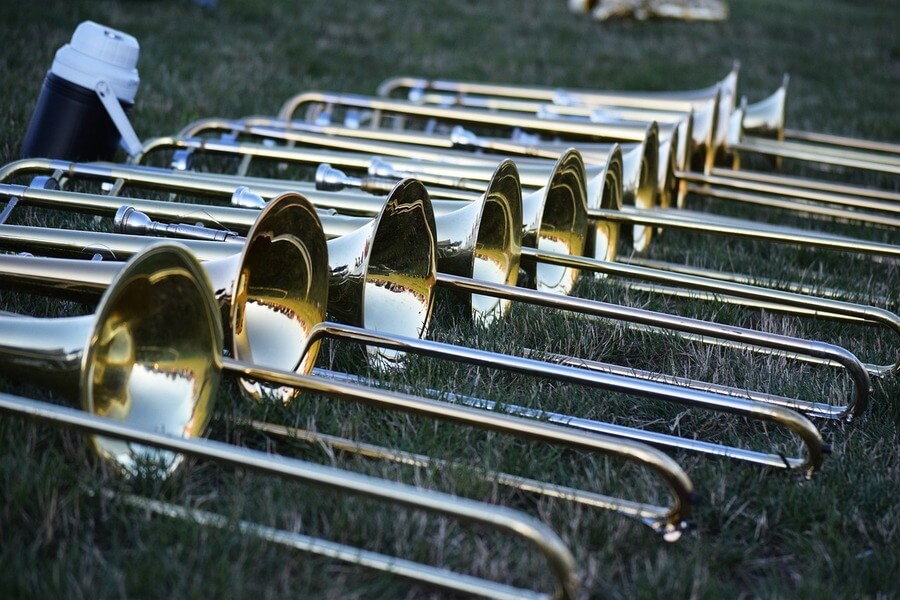The tuba - all about the instrument and its sheet music

The Tuba: The Majestic Instrument in the Wind Orchestra
The tuba is undoubtedly one of the most fascinating instruments in the orchestra. With its imposing appearance and deep, full sound, it not only draws attention but also forms the sonic foundation of many musical pieces. Let's dive into the world of this impressive brass instrument!
Appearance: The Tuba’s Shining Grandeur
Imagine a huge, shiny brass tube, elegantly coiled into a wide bell. That’s the tuba in all its glory! Measuring up to 5.5 meters in length (if uncoiled) and weighing between 8 and 15 kilograms, it is the largest and heaviest instrument in the brass family.
The bell—often affectionately called the “bell”—can reach up to 50 centimeters in diameter. Three to six valves allow the player to produce various pitches. Most tubas have a warm brass finish, but there are also silver-plated and even gold-plated models.

Image by Albrecht Fietz on Pixabay
Sound: Deep Dignity and Surprising Agility
The sound of the tuba is unmistakable: deep, full, and dignified. It covers the lowest pitch range in the orchestra and often forms the harmonic foundation for the other instruments. But don’t let its size fool you—the tuba can be surprisingly agile! In the hands of an experienced player, it can handle fast passages and even perform solos.
The tuba is used in a variety of musical contexts:
-
In symphony orchestras as the lowest brass instrument
-
In wind orchestras and brass bands as a key bass voice
-
In jazz ensembles for funky bass lines
-
Even in chamber music and as a solo instrument
A Brief History of the Tuba
The modern tuba is a relatively young instrument. It was patented in 1835 by Wilhelm Friedrich Wieprecht and Johann Gottfried Moritz in Berlin. Its name comes from the Latin word “tuba,” which simply means “tube” or “trumpet.”
However, predecessors of the tuba existed much earlier. In ancient Rome, an instrument called the “tuba” was already in use, although it resembled a straight trumpet. The modern tuba was developed out of the need for a bass instrument that could complement and support the sound of the other brass instruments.
Learning the Tuba: Challenging but Rewarding
You might now be wondering: “Can I learn to play the tuba?” The answer is: Yes, absolutely! Like with any instrument, learning the tuba requires time, patience, and regular practice. Here are some aspects of its learnability:
In terms of time investment, starting with about 30 minutes a day is ideal. It usually takes about six to twelve months to master the basics. With time, you can become a pro. However, you’ll definitely need patience, time, and consistency.
As challenging as the tuba may be, it has several features that make it attractive for beginners.
Beginner-Friendly Aspects:
-
The tuba is relatively “forgiving”—small mistakes are less noticeable than on higher-pitched instruments
-
The basic technique is easier to learn than on smaller brass instruments
-
The low sound is often easier for beginners to produce than high tones

Image by Armin Forster on Pixabay
Fun Facts and Special Features about the Tuba
To wrap things up, here are some interesting facts about the tuba:
-
The world’s largest tuba was built in the USA in 2010 and stands over 2.5 meters tall!
-
Tuba players need strong lungs: Playing the tuba requires about 4–5 times more air than playing a trumpet.
-
Oktoberfest star: In Bavaria, the tuba is known as the "Helikon" and is an essential part of Oktoberfest music.
-
Underwater tuba: There are actually waterproof tubas made for underwater performances!
The tuba is a fascinating instrument with a rich history and a unique sound. Whether as a majestic bass in the orchestra or a surprisingly agile solo instrument—the tuba has a lot to offer.
Discover Your Sheet Music for Tuba
Feeling inspired to try out the tuba yourself? Or do you simply want to listen to more great tuba music? At Notendownload, you’ll find a wide selection of tuba sheet music available for easy download. From classical orchestral pieces to modern solo arrangements—discover the diversity of tuba literature and dive into the world of this impressive instrument!

 Payment methods
Payment methods




































